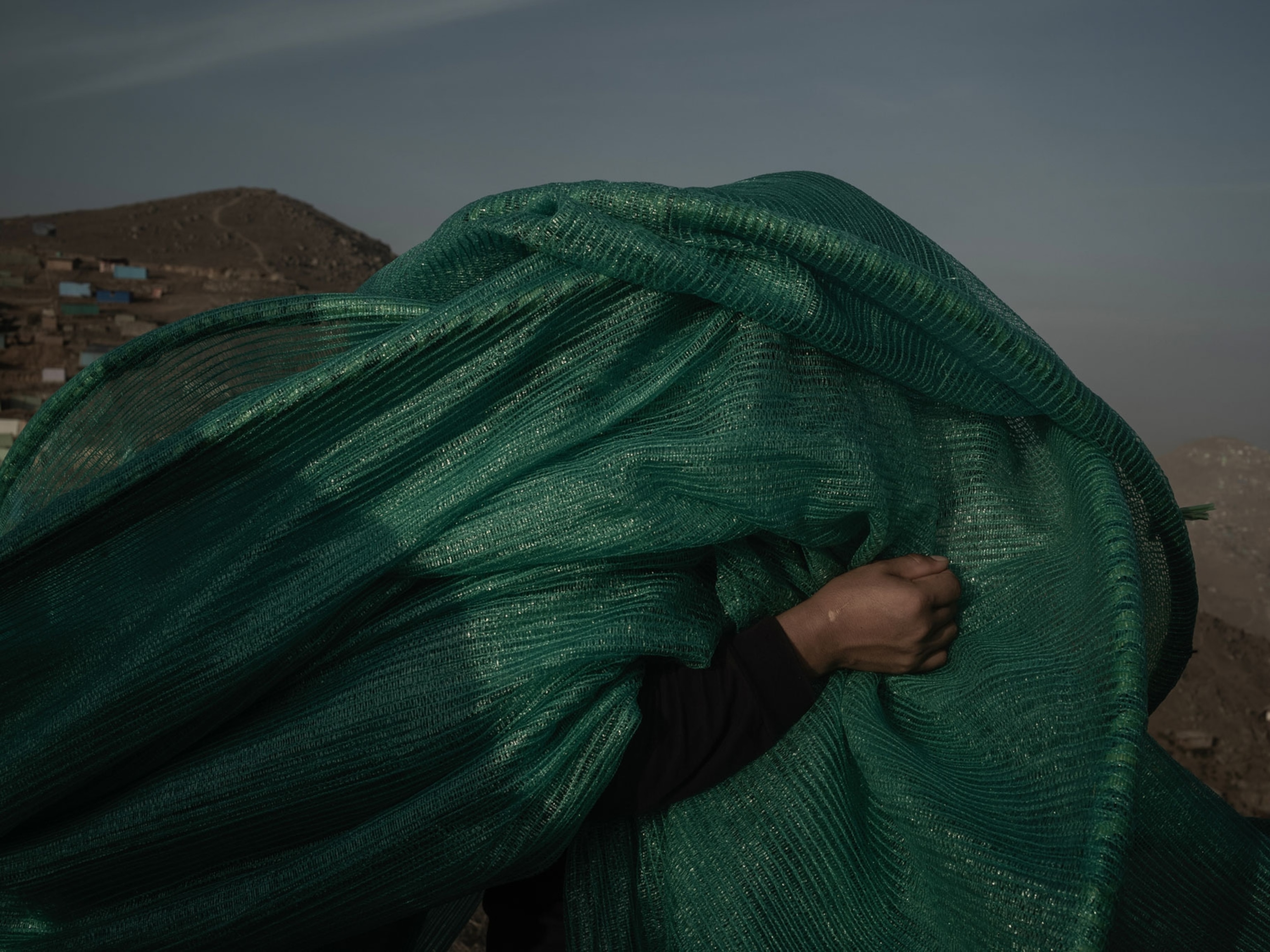Drained Dry
When intensive modern farming started, there was a staggering 120 cubic miles (500 cubic kilometers) of water beneath the Saudi desert, enough to fill Lake Erie in the U.S. But in recent years, up to 5 cubic miles (21 cubic kilometers) has been pumped to the surface annually for use on the farms. Virtually none of it is replaced by the rains, because there effectively are none. Based on extraction rates detailed in a 2004 paper from the School of Oriental and African Studies in London, the Saudis were on track to use up at least 96 cubic miles (400 cubic kilometers) of their aquifers by 2008. Experts estimate that four-fifths of the Saudis' "fossil" water is now gone.
That means oe of the planet's greatest and oldest freshwater resources, in one of its hottest and most parched places, has been all but emptied in little more than a generation.
Farming the Desert
There are no rivers or lakes or areas of abundant natural vegetation because rainfall is scant to non-existent. Over the centuries, through oases and then desalination plants, the Saudi people have found enough water to support their daily lives. But a relatively recent national effort has brought changes to the desert and created much greater demands for water resources. Zooming in on certain areas shows that there are indeed regions of intense greenery that nature did not create.
From the sky, the Saudi landscape is checkered with green, showing farm fields made possible by irrigation. Enormous buildings nearby house tens of thousands of milk cows, whose drinking and cooling needs are prodigious. The water to perform these miracles in the desert is pumped from far below the surface, from aquifers filled thousands of years ago, when the climate in Saudi Arabia was much wetter. Water in this most improbable place gave the nation the hope to achieve its long-sought goal of feeding itself rather than importing food from other countries. However, this solution has a limited lifespan and the end is near.
Oil Wealth
Saudi Arabia sits on two pools of liquids – water and oil. The oil, in world-leading volumes, has paid for the enormous cost of pumping the water to the surface for agriculture and the raising of livestock. Oil revenue continues to grow for the time being, but the water supply is rapidly diminishing and the Saudi government has decreed only a few more years will be devoted to growing wheat. The country is now directing its massive wealth towards buying land and growing crops in other, more verdant nations.
Related Topics
You May Also Like
Go Further
Animals
- How can we protect grizzlies from their biggest threat—trains?How can we protect grizzlies from their biggest threat—trains?
- This ‘saber-toothed’ salmon wasn’t quite what we thoughtThis ‘saber-toothed’ salmon wasn’t quite what we thought
- Why this rhino-zebra friendship makes perfect senseWhy this rhino-zebra friendship makes perfect sense
- When did bioluminescence evolve? It’s older than we thought.When did bioluminescence evolve? It’s older than we thought.
- Soy, skim … spider. Are any of these technically milk?Soy, skim … spider. Are any of these technically milk?
Environment
- Are the Great Lakes the key to solving America’s emissions conundrum?Are the Great Lakes the key to solving America’s emissions conundrum?
- The world’s historic sites face climate change. Can Petra lead the way?The world’s historic sites face climate change. Can Petra lead the way?
- This pristine piece of the Amazon shows nature’s resilienceThis pristine piece of the Amazon shows nature’s resilience
- Listen to 30 years of climate change transformed into haunting musicListen to 30 years of climate change transformed into haunting music
History & Culture
- Meet the original members of the tortured poets departmentMeet the original members of the tortured poets department
- Séances at the White House? Why these first ladies turned to the occultSéances at the White House? Why these first ladies turned to the occult
- Gambling is everywhere now. When is that a problem?Gambling is everywhere now. When is that a problem?
- Beauty is pain—at least it was in 17th-century SpainBeauty is pain—at least it was in 17th-century Spain
Science
- Here's how astronomers found one of the rarest phenomenons in spaceHere's how astronomers found one of the rarest phenomenons in space
- Not an extrovert or introvert? There’s a word for that.Not an extrovert or introvert? There’s a word for that.
- NASA has a plan to clean up space junk—but is going green enough?NASA has a plan to clean up space junk—but is going green enough?
- Soy, skim … spider. Are any of these technically milk?Soy, skim … spider. Are any of these technically milk?
Travel
- This tomb diver was among the first to swim beneath a pyraamidThis tomb diver was among the first to swim beneath a pyraamid
- Dina Macki on Omani cuisine and Zanzibari flavoursDina Macki on Omani cuisine and Zanzibari flavours
- How to see Mexico's Baja California beyond the beachesHow to see Mexico's Baja California beyond the beaches
- Could Mexico's Chepe Express be the ultimate slow rail adventure?Could Mexico's Chepe Express be the ultimate slow rail adventure?





